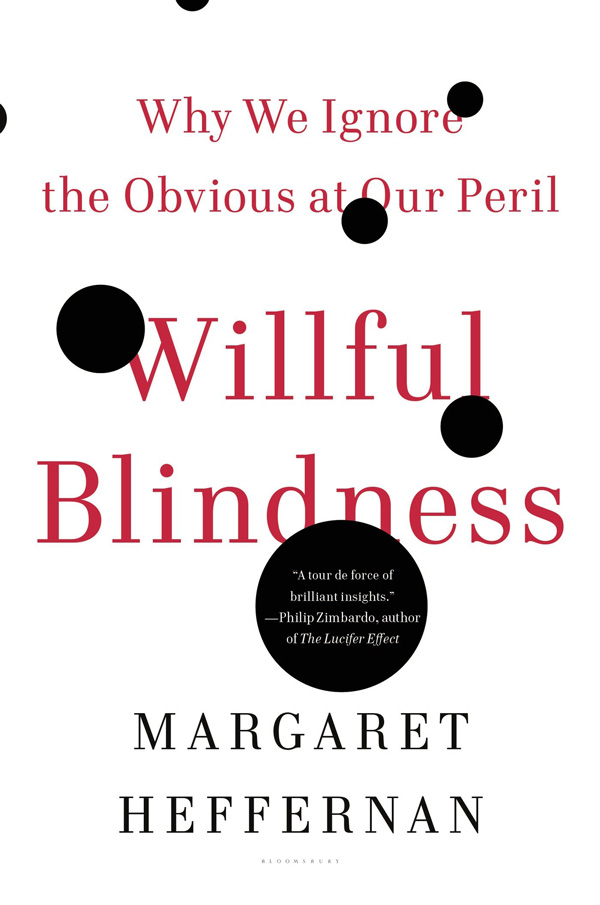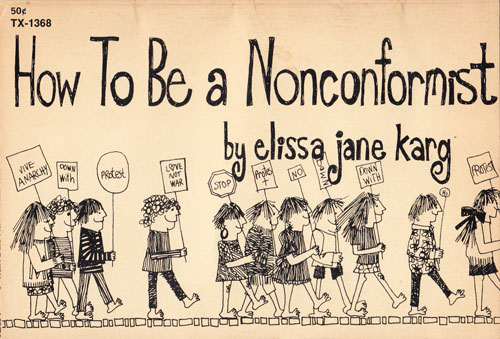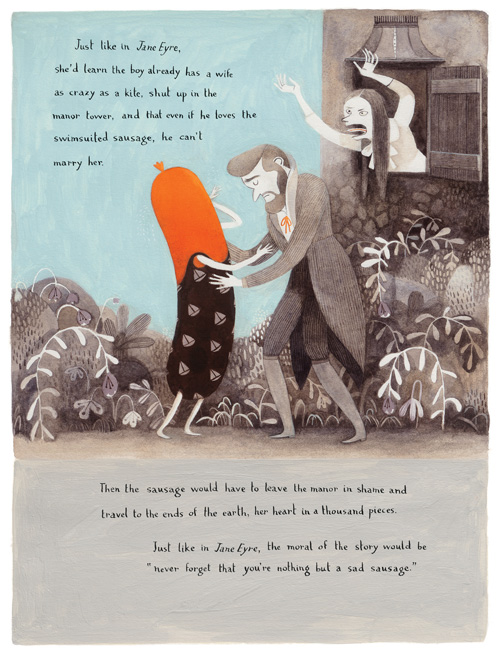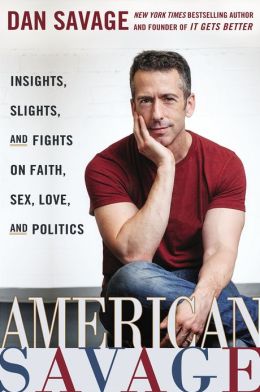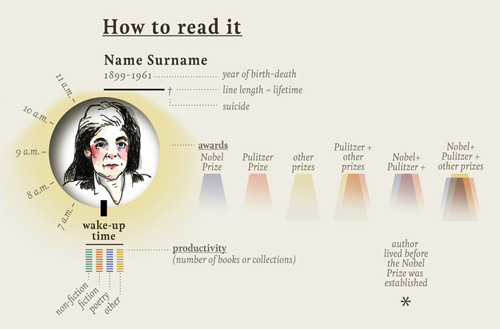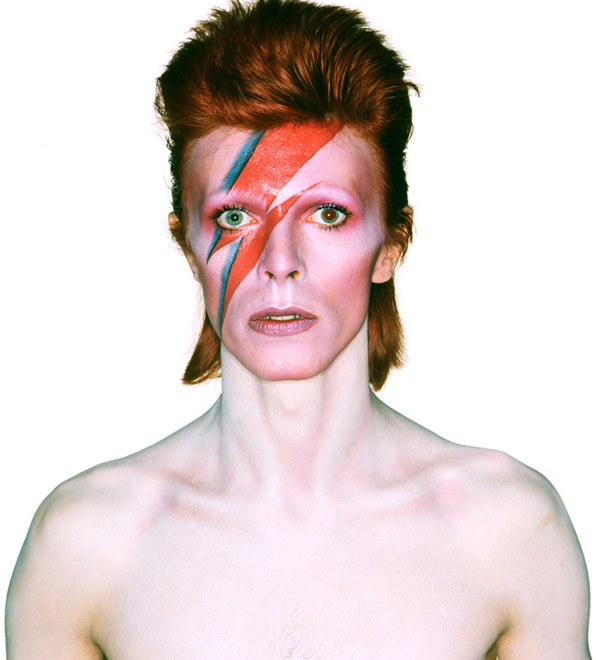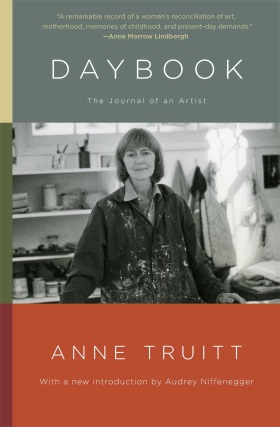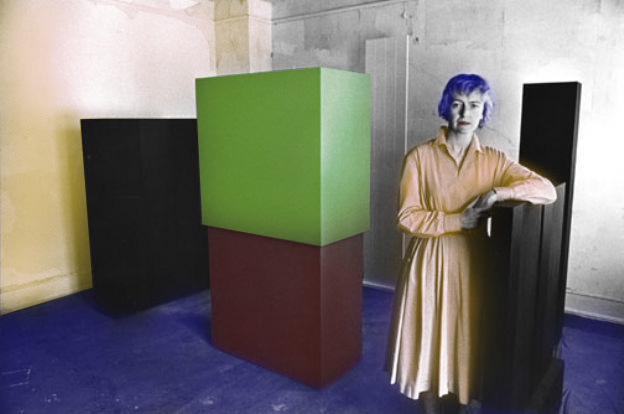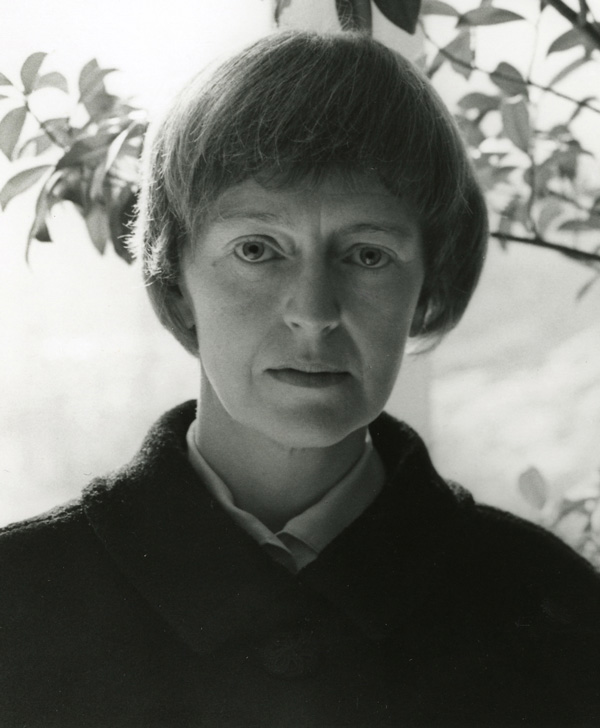Très répandue à notre époque, l’épargne classique non islamique est basée sur une rémunération des dépôts des épargnants par la banque à travers un taux d’intérêt, ce qui constitue du Riba interdit explicitement par les textes de l’Islam. De plus, l’argent est investi par la banque dans des secteurs qui ne sont pas forcément licites au regard du droit musulman (marché obligataire, activités haram, etc.). Des alternatives halal commencent à se développer en France.
Le modèle économique islamique est différent des modèles capitaliste et communiste. L’argent en Islam appartient à Dieu, pas à l’individu ni à l’Etat. Bien que la propriété individuelle en Islam soit reconnue, respectée et sacrée, l’être humain est le lieutenant (Khalifa) de Dieu sur terre et donc responsable de la bonne gestion des ressources par lesquelles Dieu l’a gratifié le temps de sa vie éphémère.
L’utilisation de l’argent occupe une place importante en Islam, puisque chacun sera interrogé au jour du jugement sur sa provenance, son utilisation et le paiement des doits de Dieu et des pauvres. La zakat, ou aumône purificatrice légale, constitue ce droit de Dieu et des pauvres à honorer obligatoirement et elle est le troisième pilier de l’Islam. Le but de la zakat est de réaliser l’équilibre et la justice sociale, d’empêcher le monopole de l’argent par les riches et d’encourager la circulation des biens. Celui qui s’acquitte de la zakat protège son argent et le béni. Il purifie par là son cœur, élève son âme et fait fructifier ses biens. Dieu lui multiplie les mérites.
Ibn Omar a dit : « Toute richesse sur laquelle on prélève la zakat n’est pas considérée comme thésaurisée, même si elle est enfouie au fond du sol. Mais toute richesse sur laquelle la zakat n’est pas prélevée est considérée comme thésaurisée même si elle n’était pas cachée ». On comprend ainsi que toute épargne est autorisée si cette obligation est respectée. C’est l’avis du Joumhor des savants (les quatre écoles sunnites reconnues).
L’Islam encourage l’épargne active où l’argent est investi pour partager les profits et dynamiser l’économie
Selon l’AAOIFI *, organisation chargée des normes comptables et d’audit des institutions financières islamiques, les dépôts des banques islamiques peuvent être classés en trois principales catégories de comptes qui doivent en outre respecter la loi islamique sous la garantie et le contrôle d’un Charia Board (comité de conformité au droit commercial islamique) :
• les dépôts à vue ;
• les comptes d’épargne ;
• les comptes d’investissement.
• les comptes d’épargne ;
• les comptes d’investissement.
(*) Norme 40 de l’AAOIFI – Auditing and Accounting Organization for Islamic Financial Institutions.
On distingue deux types de comptes d’épargne :
• Les comptes d’épargne gérés selon le principe de Wadi’ah : la banque est autorisée à utiliser les fonds et à distribuer des revenus sous forme de dons (Hiba) à sa propre discrétion. Dans un contrat de Wadi’ah, le client autorise la banque à utiliser ses dépôts pour toute fin permise par la loi islamique tout en les garantissant, car c’est une Amana (dépôt garanti).
• Les comptes d’épargne gérés selon le principe de Moudarabah (appelé également Qirad). Etymologiquement, la Moudarabah est tirée du terme "ad-darb fi al-ard", c’est-à-dire le fait de parcourir la terre. Le fondement historique de ce contrat repose sur la Moudarabah du Prophète (paix et salut sur lui) avec son épouse Khadija, il faisait le commerce avec l’argent de Khadija qui fournissait ainsi le capital, tandis qu’il fournissait l’effort (le travail et le commerce avec cet argent).
Les règles régissant les comptes d’investissement sont les mêmes que celles des comptes d’épargne. Il s’agit ainsi du contrat par lequel le client autorise la banque à utiliser ses dépôts en partageant les profits selon un ratio (pourcentage) prédéterminé. L’apporteur du capital financier dit "Rab al mal" (dans ce cas l’épargnant) fournit l’ensemble des capitaux financiers et la banque ou le gestionnaire d’actifs dit "Moudarib" va apporter son capital travail. En cas de perte, l’apporteur des capitaux financiers subi une perte financière et le Moudarib subi une perte de son coût d’opportunité (temps et travail).
La Moudarabah permet ainsi à l’épargnant, détenteur de capitaux, d’investir, et à la banque ou au gestionnaire de fonds de bénéficier de capitaux financiers. Mais, contrairement à l’épargne classique basée sur le Riba, celui qui apporte le capital partage les profits et les risques avec celui qui va travailler. Le Moudarib et Rab al mal conviennent ainsi d’un pourcentage pour la répartition des bénéfices et non d’un montant défini garanti. Enfin, le Moudarib ne garanti pas le capital, sauf s’il y a manquement avéré de sa part.
Existe-il en France des produits d’épargne conformes au droit islamique ?
Depuis 2012, des solutions respectant la loi islamique existent et permettent ainsi une alternative aux comptes d’épargne non Halal. On peut citer notamment le plan Salam Epargne Placement reposant sur une soixantaine de fonds Charia et sur des Sukuk, géré sur les principes de Wakala (mandat de gestion) et de Moudaraba. Vous avez également Amane Exclusif Life lancé en octobre 2013.
Ces contrats d’épargne alternatifs ont été étudiés et certifiés conforme à la Charia par les shuyukhs du Charia Board du CIFIE (Comité Indépendant de Finance Islamique en Europe), et ils sont soumis à un audit charia régulier afin de s’assurer de la continuité du respect dans le temps des principes et de la charte charia initiale ainsi que du cercle d’investissement émis.
Nous espérons que d’autres initiatives françaises émergent pour répondre à une demande importante, car la France est le pays où se trouve le plus grand nombre de musulmans en Europe occidentale et la religion musulmane est la deuxième religion du pays.
